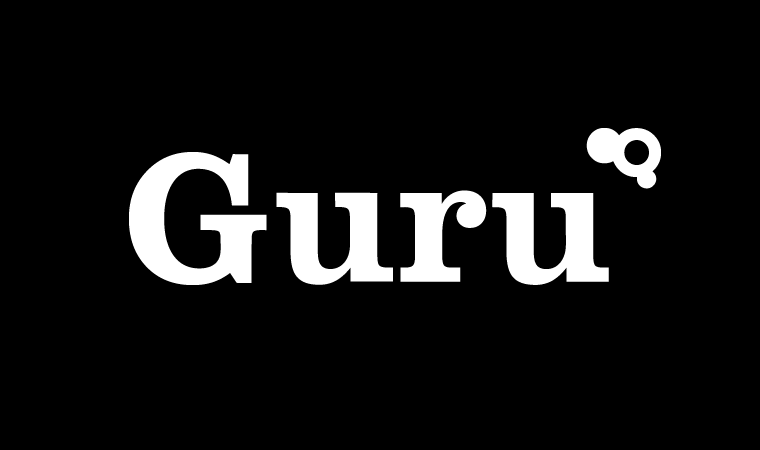OpenAI, the company responsible for developing ChatGPT, has conducted some interesting research on the potential impact of artificial intelligence (AI) on different jobs. Using its recently released language model, GPT-4, and human expertise, the researchers investigated how such language models could affect the job market and occupations within the US. The results make for interesting reading…
Although the researchers emphasised that their paper was not a prediction, they discovered that approximately 80% of the US workforce could have at least 10% of their work tasks affected by Generative Pre-trained Transformers (GPTs). They also found that about 19% of workers could see at least 50% of their tasks impacted by GPTs.
The paper, which was authored by researchers from OpenAI, OpenResearch, and the University of Pennsylvania, explores the “exposure” of work tasks to AI, without distinguishing between labor-augmenting or labor-displacing effects.
The researchers defined “exposure” as a measure of whether access to a GPT-powered system could reduce the time it takes for a human to perform a specific work task by at least 50%.
For the study, human experts and the AI separately worked out the exposure of different occupations. The language model identified 86 jobs as “fully exposed,” indicating that GPTs could save workers “a significant amount of time completing a large share of their tasks.”
Which Jobs Are Most Exposed to AI
However, the researchers noted that “fully exposed” doesn’t mean these tasks can be entirely automated by these technologies. Human experts identified 15 occupations as fully exposed, while the language model identified 86.
Humans identified:
- Mathematicians
- Tax Preparers
- Financial Quantitative Analysts
- Writers & Authors
- Web & Digital Interface Designers
- Survey Researchers
- Interpreters & Translators
- Public Relations Specialists
- Animal Scientists.
To be between 85-100% exposed.
The language model identified:
- Mathematicians
- Accountants & Auditors
- News Analysts
- Reporters, & Journalists,
- Legal Secretaries & Administrative Assistants
- Clinical Data Managers
- Correspondence Clerks
- Blockchain Engineers,
- Court Reporters & Simultaneous Captioners
- Proofreaders & Copy Markers
To be 90-100% Exposed.
Conclusion
The authors concluded that “most occupations exhibit some degree of exposure to GPTs, with higher-wage occupations generally presenting more tasks with high exposure.”
Although, it is worth considering that this report does have its limitations including the subjectivity of labeling and the possibility of biased judgments regarding GPTs’ reliability and effectiveness at certain work tasks.
They also noted that the GPT-4 outcomes were “sensitive to alterations in the rubric’s wording, the prompt’s order and composition,” which meant that the human and LLM prompts differed. Furthermore, the authors admitted that it was unclear to what extent occupations could be entirely broken down into specific tasks and if this approach omitted certain categories of skills or tasks necessary for the competent performance of a job.
Either way we are at the dawn of a new job revolution where we could see large amounts of professions become obsolete within a short period of time. Employees and candidates will need to find ways to adapt to this new future or risk falling between the cracks.

